This day in 1596 saw the birth of Princess Elizabeth Stuart.
Daughter of Anne of Denmark and James VI of Scotland (later James I of England), Elizabeth was the sister of Charles I of England and later became Queen of Bohemia.
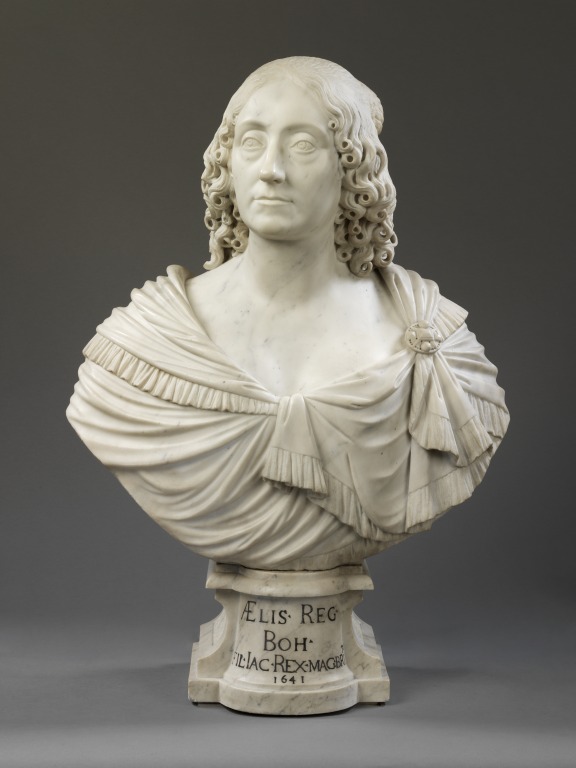
Elizabeth will have a visible presence in the new Europe Galleries in the form of this imposing bust. But before they open, her image and influence can be found in other areas of the Museum too.
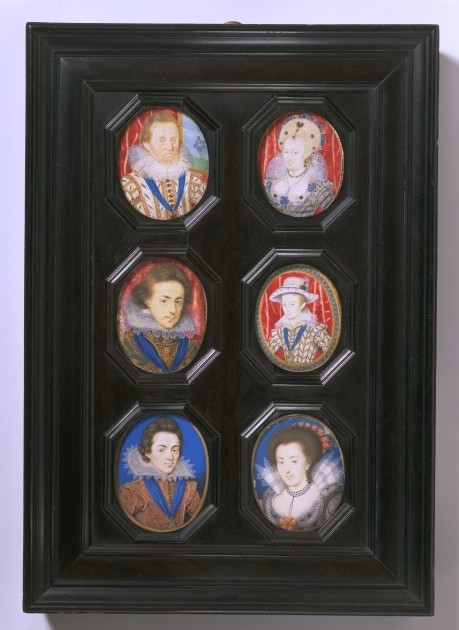
Elizabeth’s early life was spent in Scotland, until the death of the Queen of England in 1603. Her father succeeded to the thrones of both England and Ireland and the whole family journeyed south to the English Royal Court. Elizabeth remained at court for a few weeks but was soon taken to Oatlands, an old Tudor hunting lodge near Weybridge, where Lord Harrington and his wife took on the responsibility for her keeping and education.
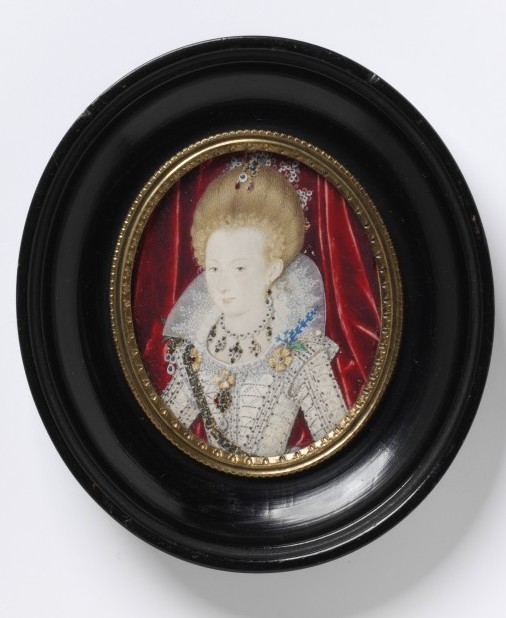
She received a comprehensive education for a princess at that time and was tutored in natural history, geography, history, writing, theology, languages, music and dancing. One notable omission from her formal education was ‘the classics’ because her father believed that Latin ‘had the unfortunate effect of making women more cunning’. Cunning or not, Elizabeth was an intelligent child, fluent in several languages from a young age, and had a passion for learning.
Something which I admit to having forgotten, was that the Gunpowder Plot of 1605 intended not only to assassinate Elizabeth’s father, but also to kidnap the nine-year-old Elizabeth and place her on the throne of England as a Catholic ‘puppet queen’.
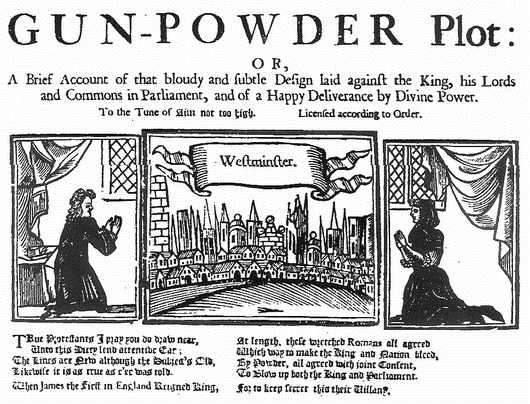
As the daughter of a reigning monarch, Elizabeth was regarded as a very desirable marriage prospect and numerous suitors approached her from across the continent. The man finally settled upon was Frederick V, Elector Palatine of the Rhine (1596-1632). On 14th February 1613, Elizabeth and Frederick married in the royal chapel at Whitehall Palace.
The wedding was surrounded by lots of festivities and public celebrations. Three days beforehand, an incredible fireworks display was held on the Thames and on the afternoon before an impressive mock sea battle involving thirty-eight vessels took place on the river. Masques were performed and plays and poems celebrated the union as a victory over ‘the evils of popery’.
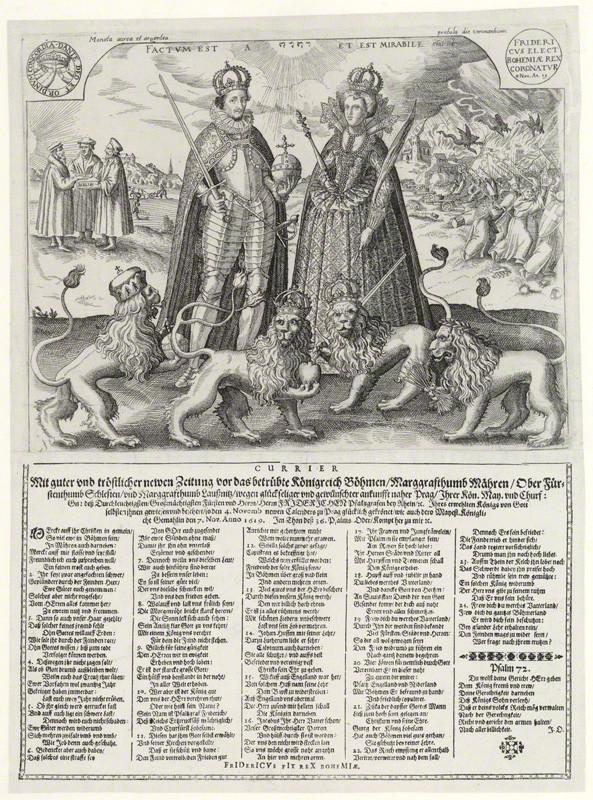
This silver medallion is on display in the British Galleries and is from a series depicting members of the family of King James I of England. Here Elizabeth and Frederick are shown with their son Prince Frederick who was born in 1614. Their son is shown as a toddler, so De Passe likely made the medallion around 1616, when he was working in London. The medallion is designed as a pendant and another version of it, in gold, is in the Walters Art Museum collection.
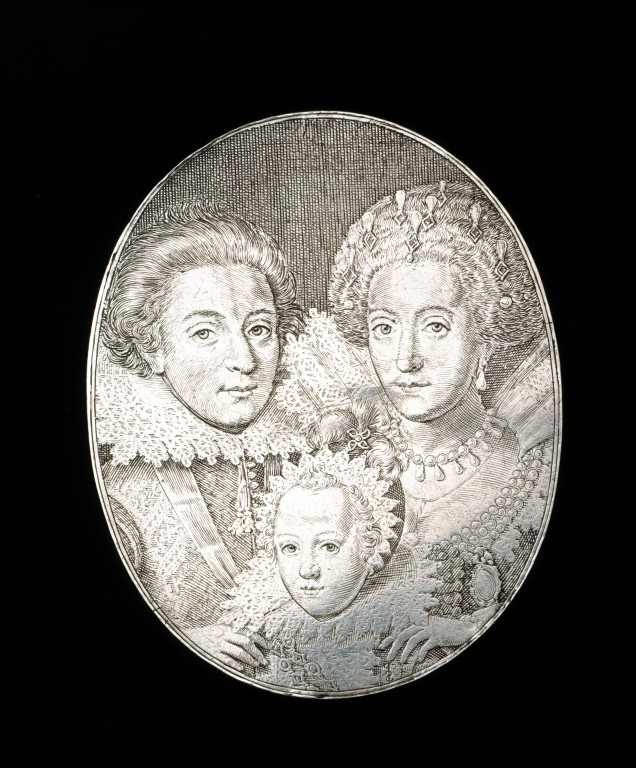
Following their exile, the couple became King and Queen of Bohemia in 1619, but were exiled in 1621 when Emperor Ferdinand II and his troops seized the Palatinate. Because their reign in Bohemia lasted for just one winter, Elizabeth is often referred to as ‘The Winter Queen’ – which, for me, always conjures up images of C. S. Lewis’ White Witch …
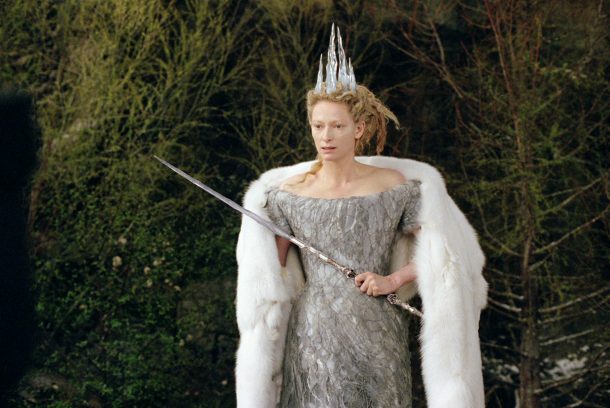
The couple became a cause celebre in Europe. Living in exile, mostly in The Hague (the Netherlands) Elizabeth used miniatures as weapons of propaganda, to keep the couple in the minds and hearts of their supporters. Two such miniatures by Peter Oliver are in the V&A’s Paintings collection.
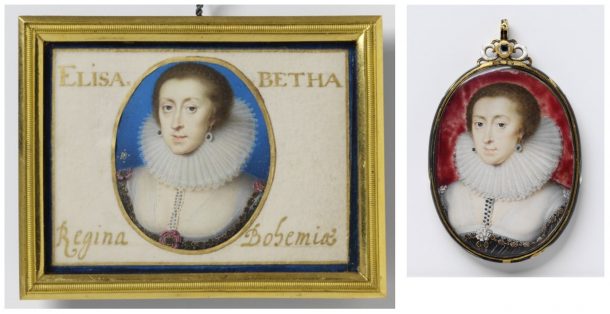
Two portrait miniatures of Elizabeth of Bohemia, watercolour on vellum, painted by Peter Oliver, ca. 1623-1626. V&A P.27-1975 & DYCE.88
A rather more demotic depiction of Elizabeth and Frederick is on display in the Ceramics Study Galleries – a tin-glazed earthenware dish decorated with an image of the couple with ten of their children and the date 1614.
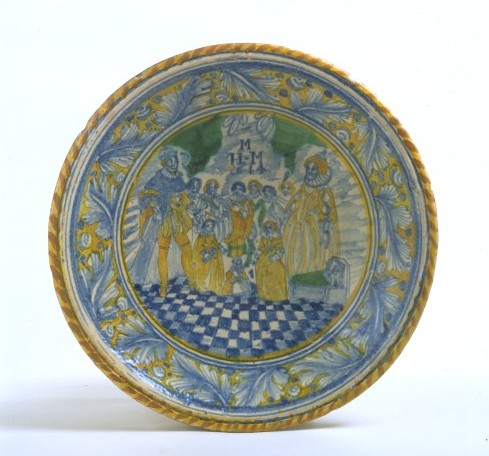
The striking bust of Elizabeth that will be displayed in the new Europe Galleries is a second version of one in the collection of H.R.H. the Prince of Hanover, which is there paired with a portrait of her husband.
François Dieussart was Charles I’s court sculptor and the bust was one of the first commissions he received after he had left England for The Hague, where the Queen was living in exile.

Something I particularly like about this bust is the view from behind(!), as this allows you to fully appreciate a wonderfully clear rendering of a rather distinctive hair style.
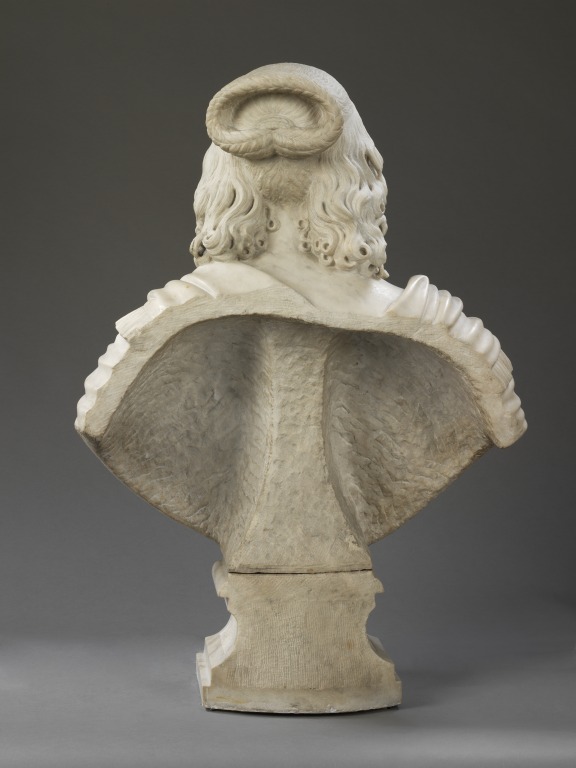
This hair arrangement seems decidedly unlike the styles in the depictions of Elizabeth we have just seen – where her hair is drawn back and up away from the face. However, a very similar styling can be seen in Gerard [Gerrit] van Honthorst’s 1642 portrait of Elizabeth as a grieving widow, following Frederick’s death in 1632.

That same year van Honthorst also painted a portrait of her daughter, Elisabeth of the Palatinate, who sports a similar arrangement.
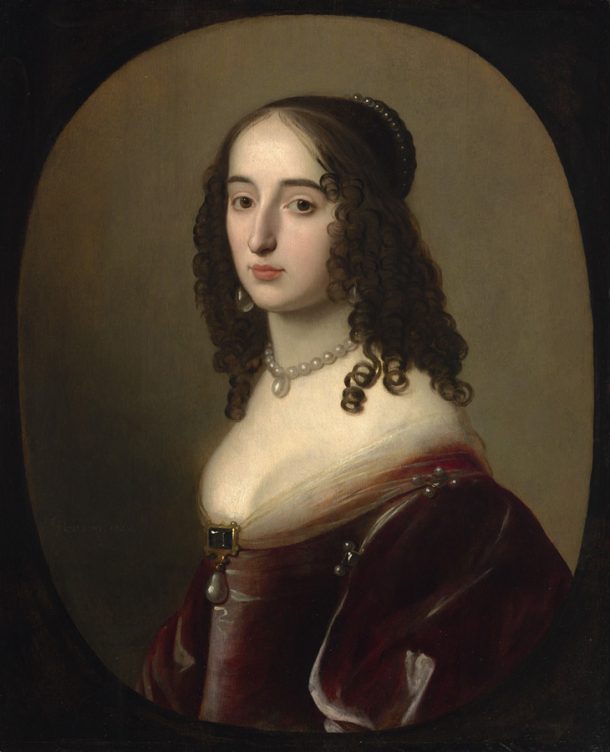
Our bust was probably owned by the 1st Earl of Craven, a devoted supporter of Elizabeth of Bohemia who had fought for Frederick V on the Continent and is believed to have fallen in love with Elizabeth.
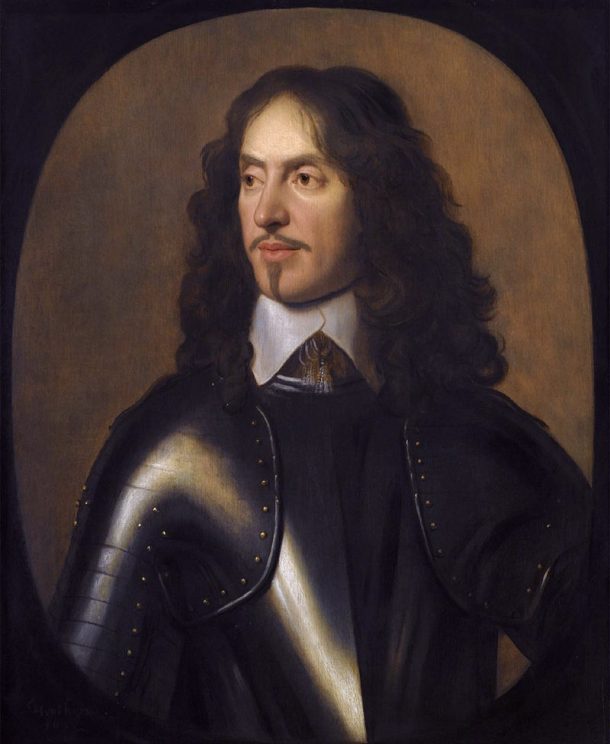
Craven left England after the execution of Charles I in 1649 to join the court of Elizabeth. He returned to Britain after the restoration of the monarchy in 1660 and planned to build a large palace at Hamstead Marshall, Berkshire, for the widowed queen. She died in 1662, before construction began, and he then built the house as a memorial to her. It was designed by the Dutch-born architect Sir Balthasar Gerbier (1592-1663) as a miniature version of Elizabeth’s old home at Heidelburg Castle in Germany.
Fittingly, the bust will be displayed in the galleries alongside a cabinet and its related table which may well have been intended for that house.


Thank you for everything!!
Lovely display of a beautiful Queen. I keep searching for a description of her early household: the ladies in waiting, the gentlemen of the court, her private English regiment, her secretary all provided by her father in protection of her after marriage as she would still retain her English Royalty status. These English personnel would be protecting her against kidnapping and other “palace” intrigues.